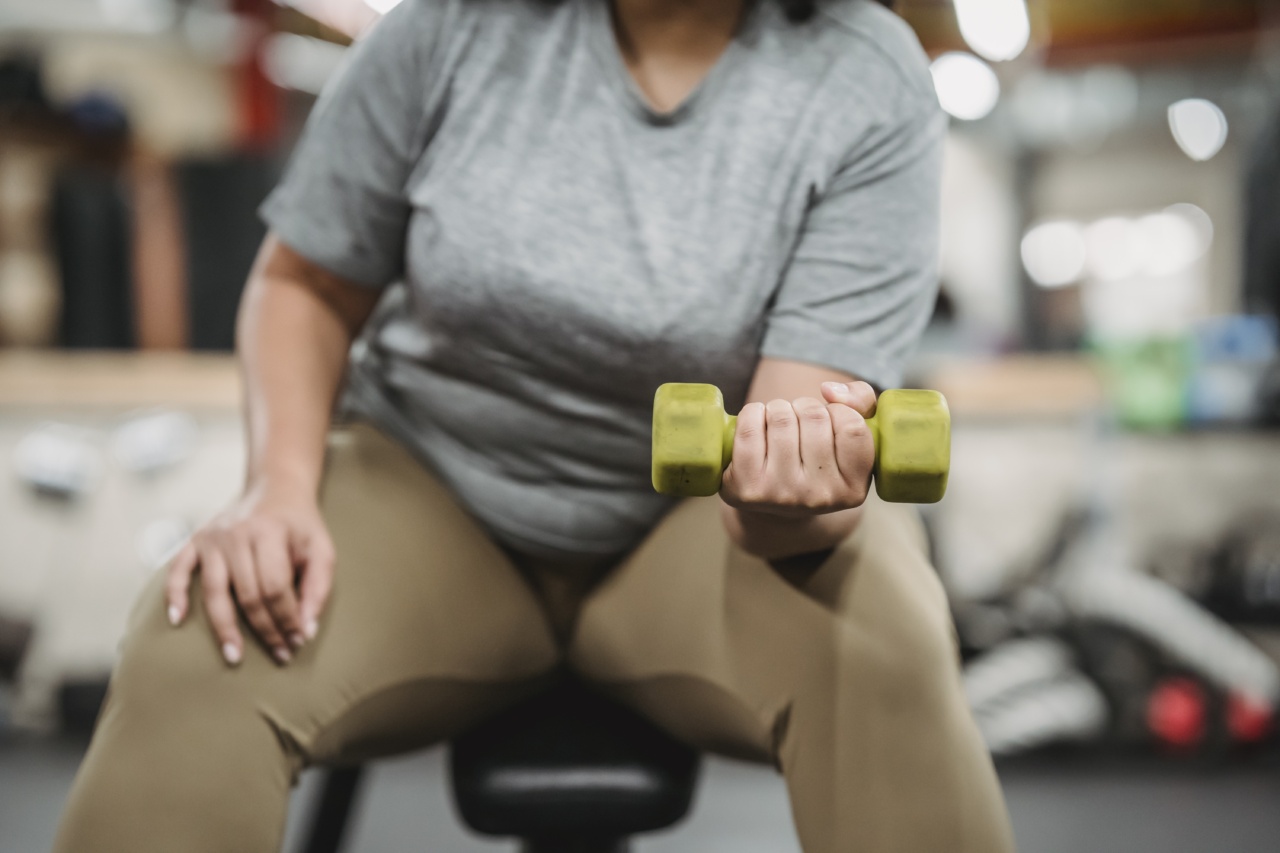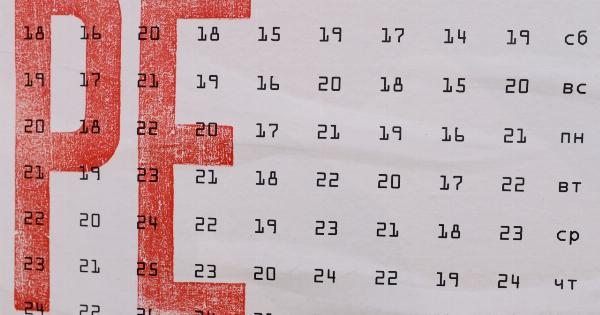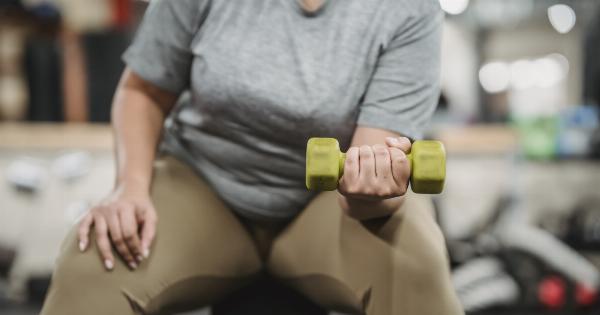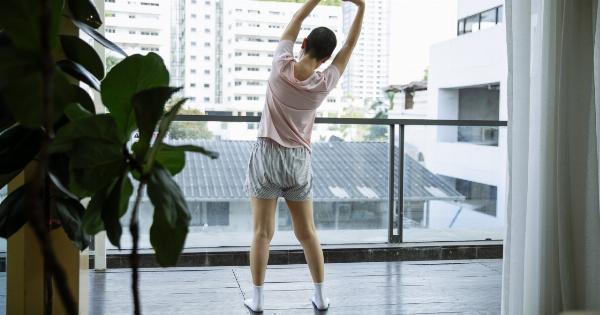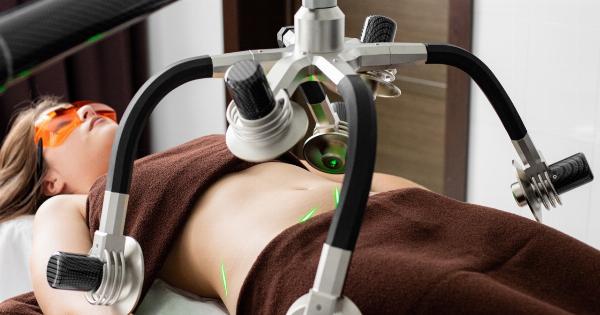As we age, one common concern is the gradual loss of muscle mass and strength. This condition, known as sarcopenia, can significantly affect our overall health and quality of life.
Muscle loss not only leads to decreased mobility and functional limitations but also contributes to an increased risk of injuries and chronic conditions such as obesity, diabetes, and osteoporosis. Therefore, it is crucial to understand the role of exercise in combating muscle loss and maintaining optimal muscle health.
Understanding Sarcopenia
Sarcopenia is a multifactorial condition influenced by various factors such as age, hormonal changes, sedentary lifestyle, and inadequate nutrition.
While aging itself plays a significant role, lifestyle choices can exacerbate the rate of muscle loss. Sarcopenia typically begins around the age of 30 and progresses at a rate of 3-5% per decade. However, through appropriate lifestyle interventions, including regular exercise, muscle loss can be slowed down or even reversed.
The Importance of Resistance Training
Resistance training, also known as strength or weight training, is the cornerstone of combating muscle loss.
It involves exerting force against an external resistance, such as free weights, machines, or resistance bands. Regular resistance training not only increases muscle strength but also promotes muscle hypertrophy and enhances overall muscle function. It stimulates the production of new muscle proteins, improves muscle quality, and decreases the rate of muscle breakdown.
Types of Exercise Beneficial for Muscle Health
While resistance training is paramount, incorporating other types of exercises into your routine can further support muscle health. These include:.
1. Aerobic Exercise
Aerobic exercises, such as running, swimming, or cycling, are beneficial for overall health and can also aid in preserving muscle mass.
Engaging in cardiovascular activities improves blood flow, increases oxygen and nutrient delivery to muscles, and enhances their endurance. Including moderate-intensity aerobic exercises for 150 minutes per week can help maintain muscle function and prevent muscle loss.
2. Flexibility and Balance Training
Flexibility and balance exercises, such as yoga or tai chi, may not directly prevent muscle loss but are essential for maintaining mobility and preventing falls or injuries.
These exercises improve joint range of motion, enhance stability, and promote better posture. By keeping the body flexible and balanced, we can continue to engage in other forms of physical activity that support muscle health.
3. High-Intensity Interval Training (HIIT)
HIIT is an exercise technique that combines short bursts of intense exercise with brief recovery periods. This form of training has gained popularity due to its time efficiency and numerous health benefits.
HIIT workouts, which can consist of bodyweight exercises or cardiovascular activities, stimulate muscle growth and enhance muscle endurance. Including HIIT sessions in your weekly exercise routine can help prevent muscle loss while improving overall fitness levels.
4. Functional Training
Functional training focuses on improving movements and activities that replicate real-life tasks.
By engaging in exercises that mimic daily activities or sports-specific movements, we can enhance muscle strength, mobility, and coordination. Functional training not only helps combat muscle loss but also allows us to perform everyday tasks with ease and reduce the risk of injury.
5. Proper Nutrition
Exercise alone is not sufficient to fight muscle loss; proper nutrition is equally important. Adequate protein intake is essential for muscle repair and growth.
Including lean sources of protein, such as lean meats, fish, eggs, and legumes, in your diet can provide the necessary building blocks for muscle maintenance. Additionally, consuming a well-balanced diet rich in fruits, vegetables, and whole grains ensures the intake of essential vitamins and minerals that support overall muscle health.
6. The Role of Hormones
Hormonal changes, particularly a decline in anabolic hormones like testosterone and growth hormone, contribute to muscle loss.
Engaging in regular exercise, especially resistance training, helps to stimulate the production of these hormones naturally. By promoting hormonal balance, exercise aids in muscle growth and maintenance.
7. The Importance of Rest and Recovery
Rest and recovery are essential components of any exercise program. Adequate rest periods between workout sessions allow muscles to repair and rebuild.
Furthermore, quality sleep is crucial for muscle recovery, as growth hormone release and tissue repair mainly occur during deep sleep. Failing to prioritize rest and recovery can hinder progress and increase the risk of overuse injuries and muscle breakdown.
Combining Exercise Modalities for Optimal Results
To maximize the benefits of exercise in fighting muscle loss, it is advisable to combine various modalities mentioned above.
A well-rounded exercise routine that includes resistance training, aerobic exercises, flexibility and balance training, HIIT, functional training, proper nutrition, and adequate rest and recovery will yield optimal results. Consulting with a fitness professional or a physical therapist can help tailor an exercise program based on individual needs and abilities.
Conclusion
Muscle loss is a common concern that accompanies aging, but it is not inevitable. Regular exercise, particularly resistance training, plays a crucial role in combating muscle loss and maintaining optimal muscle health.
By incorporating different types of exercises, focusing on proper nutrition, hormonal balance, and allowing adequate rest and recovery, we can slow down the rate of muscle loss and improve overall quality of life. Prioritizing muscle health through exercise is a proactive approach to maintain independence, mobility, and vitality as we age.
